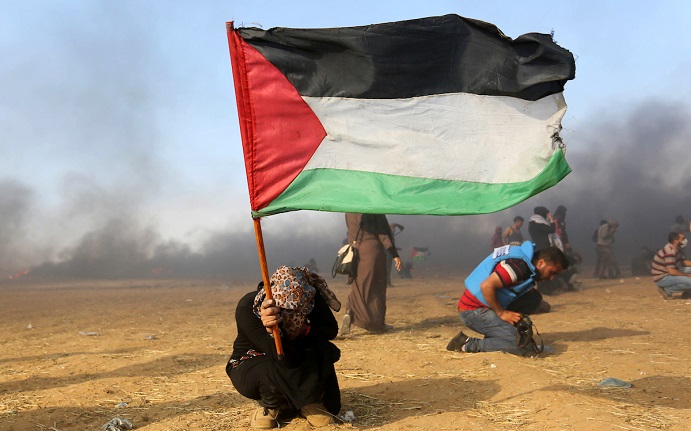
Ahead of Bahrain conference, Kushner shares key points of Middle East plan which envisions major financial support from Gulf states to go to West Bank, Gaza and neighbouring countries
Reuters / June 22, 2019
White House senior adviser Jared Kushner is to formally unveil the first part of his Middle East peace plan during a Bahrain conference next week, outlining a path for development of the fragile economies of the Palestinian territories and three neighbouring Arab countries.
The following are some facts about the “economic vision,” drawn from White House documents reviewed by Reuters and described exclusively by Kushner and his aides, who are hoping to gain traction for their proposals during the June 25-26 gathering:
– Donor nations and investors would contribute about $50 billion, with $28 billion going to the Palestinian territories of the West Bank and Gaza, $7.5 billion to Jordan, $9 billion to Egypt and $6 billion for Lebanon. The White House hopes wealthy Gulf states will be among the biggest donors. Kushner told Reuters the United States would also consider contributing.
– Money raised through this international effort would be placed in a newly created fund to boost the economies of the Palestinian areas and those three countries. It would be administered by a multinational development bank. The funds would be managed by an appointed board of governors who would determine allocation based on project proposals.
– $15 billion of the total would come from grants, $25 billion in subsidized loans, and about $11 billion would come in through private capital.
– 179 economic development projects would be funded, including 147 for the West Bank and Gaza, 15 for Jordan, 12 for Egypt, and 5 for Lebanon.
– The projects include infrastructure, water, power, telecommunications, tourism and medical facilities, among others.
– Tens of millions of dollars would be set aside for several projects intended to draw closer connections between the Gaza Strip and Egypt’s Sinai through services, infrastructure and trade.
– Power lines from Egypt into Gaza would be upgraded and rehabilitated to increase the flow of electricity. It also proposes exploring ways to better use existing Egyptian industrial zones to promote trade between Egypt, Gaza, the West Bank and Israel, but does not identify the zones.
– Further proposals for Egypt are to “support port expansion and business incentives for the Egyptian trade hub near the Suez Canal,” as well as to develop Sinai tourism facilities near the Red Sea.
– The plan touts for Palestinian areas the “potential to transform into a successful global tourism destination,” and proposes $950 million in grants and loans to develop the Palestinian tourism industry. It seeks to “repair and restore historical and religious sites and beachfront areas.”
– If carried out, the plan would double Palestinian gross domestic product in 10 years, create more than 1 million jobs in the West Bank and Gaza, reduce unemployment to single digits and the poverty rate by 50 percent, according to the documents and officials.
– Kushner is taking a two-phased approach to the Trump Middle East peace plan. The next phase will be the much more sensitive political part, which deals with some of the core issues of the Israeli-Palestinian conflict. The timing for that remains unclear.
– Kushner wants to get feedback on his plan from the various finance ministers and investment institution representatives who will attend the workshop and gauge what tweaks might be needed to gain it broader support.












